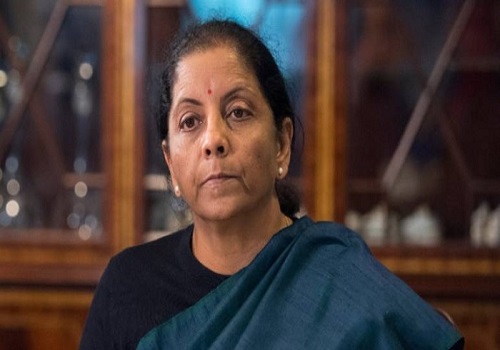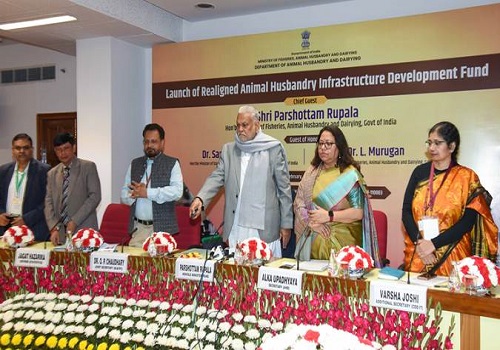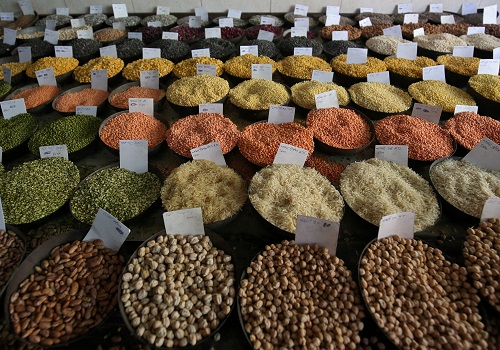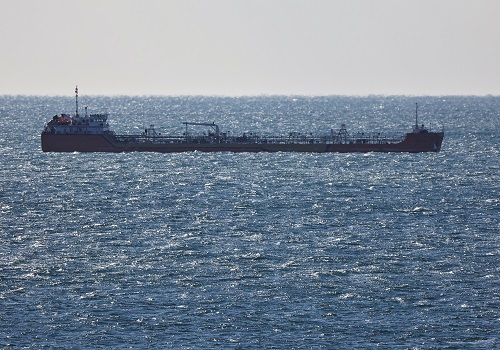Not so sweet: India may need to import sugar as planting wanes

Follow us Now on Telegram ! Get daily 10 - 12 important updates on Business, Finance and Investment. Join our Telegram Channel
India's sugar output this crop year, hit by weak rains, is set to lag consumption for the first time in seven years, according to traders and a survey of farmers, and lower plantings may even force the world's No.2 producer to import in the following year.
Driven by falling yields in two key producing states, Maharashtra and Karnataka, the sluggish outlook for the crop year that began in October reinforces expectations India will ban sugar exports in 2024.
Sugar output could be even lower in the next crop year, which runs to September 2025.
Low reservoir levels in Maharashtra and Karnataka, which together produce nearly half of India's sugar, are prompting many farmers to plant crops that need less water and mature faster than cane, such as sorghum and chickpeas, Reuters found in a survey of over 200 farmers.
Reuters' calculations based on the survey showed output could fall this crop year and next, in line with traders' internal forecasts. Consumption is expected to rise over the same period.
While the survey covers a small sample of farmers in key areas, it shows growing pressures that could force India, which supplies 12% of globally traded sugar, to become a net importer from as early as the first half of 2025, industry insiders told Reuters, in what would be a major reversal.
The prospect of this year's crop falling short of forecasts and India being forced to import sugar for the first time since 2017 threatens to drive up global prices, which already hit multi-year highs last month. Top exporter Brazil is likely to be the winner.
India's Department of Food and Public Distribution did not respond to a request for comment on the forecasts.
India produced 33.1 million metric tons of sugar in the crop year that ended in September, and the Indian Sugar Mills Association said in August net production could fall to 31.7 million tons in the crop year that began in October.
Forecasts shared with Reuters from five trading houses are lower, ranging between 29 million and 30 million tons, taking into account India's recent direction to limit diversion of sugar for ethanol production as it tries to boost sugar supplies.
"In the past few weeks, we've observed a significant decline in cane yields in Maharashtra and Karnataka," said a dealer at a global trading house, which as a result cut its forecast for the current crop year to 29 million tons.
Traders said the following year's output will be even weaker, although precise estimates depend on planting and the summer's rains. Three houses predict a crop in the 25 million to 26.9 million ton range.
At the same time, domestic sugar consumption this crop year is expected to rise 5% from a year earlier to around 29.2 million tons due to population growth and rising incomes, said Rahil Shaikh, managing director of MEIR Commodities India.
"The cultivated area in Maharashtra and Karnataka is shrinking, potentially leading to India seeking purchases in the global market. However, a lot hinges on planting, as it will determine the amount India might need to import," the dealer said.
The firms declined to be named, in line with house policy.
'NO WATER TO PLANT'
Cane growing districts in Maharashtra and Karnataka received as little as 56% of normal rainfall as this year's monsoon was the weakest since 2018. El Nino weather made for India's driest August in over a century.
"The mills are offering record prices for sugar cane, but I'm stuck because there's no water to plant cane on my four acres," said Ashok Shinde, a farmer from Maharashtra's Solapur district, as he showed the sorghum he planted instead of cane.
Solapur farmers depend on the Ujjani dam, which is at just 22% of capacity, compared to its 10-year average of 80%.
"The government said it will reserve the water for drinking and won't let it out for irrigation," Shinde said.
Other key reservoirs in Maharashtra and Karnataka hold as little as 28% of the 10-year average.
Like Shinde, 181 other farmers across 11 cane-producing districts of Maharashtra and another 49 farmers from Karnataka's sugar belt all said they are curtailing cane-growing or abandoning the crop because of water scarcity.
Based on their reports of lower yields and smaller planting areas, Reuters calculations found India's net sugar production could fall to 29 million tons this year, dropping to 26.6 million tons next year, with less land under cane cultivation.
The figures incorporate expectations that production would rise in Uttar Pradesh, which has better irrigation.
REVERSAL
India has exported an average of 6.8 million tons of sugar over the past five years, making it the No.2 shipper in that period. It was surpassed last year by Thailand to become No.3.
Switching to imports would be painful, with local prices at a sharp discount to world benchmarks. In India, wholesale white sugar trades at around 39,000 rupees ($467.74) per ton, compared to London futures above $610 per ton.
Reuters reported in August that India, which is highly sensitive to food inflation, especially with Prime Minister Narendra Modi facing election next year, was likely to ban sugar exports, the first restriction on shipments since 2016.
New Delhi has said it will decide on exports once firm production estimates become available, but traders said the likely drop in sugar production below consumption makes it all-but-certain that India will not allow shipments.
"Usually, the industry pursues the government to permit exports. However, this year, even industry bodies are not advocating for exports," said a Mumbai-based dealer with a global trading house.
As for the prospect of imports, Shaikh of MEIR Commodities said India's preference would be to cut ethanol production and expand output.
But a Mumbai-based industry official said that simply reducing ethanol production wouldn't suffice and imports would be necessary to overcome shortages.
Farmer Vijayakumar Magdum in Maharashtra's Sangli district, where rainfall was 44% below normal during this year's monsoon, highlighted the pain the sector faces, saying wells dried up in August and wilted his cane crop.
"Due to lower yields, we couldn't recover production costs this year," Magdum said.
"We lack the necessary water to plant even short-duration sorghum, and planting long-duration cane is out of the question."
($1 = 83.3800 Indian rupees)












 320-x-100_uti_gold.jpg" alt="Advertisement">
320-x-100_uti_gold.jpg" alt="Advertisement">










